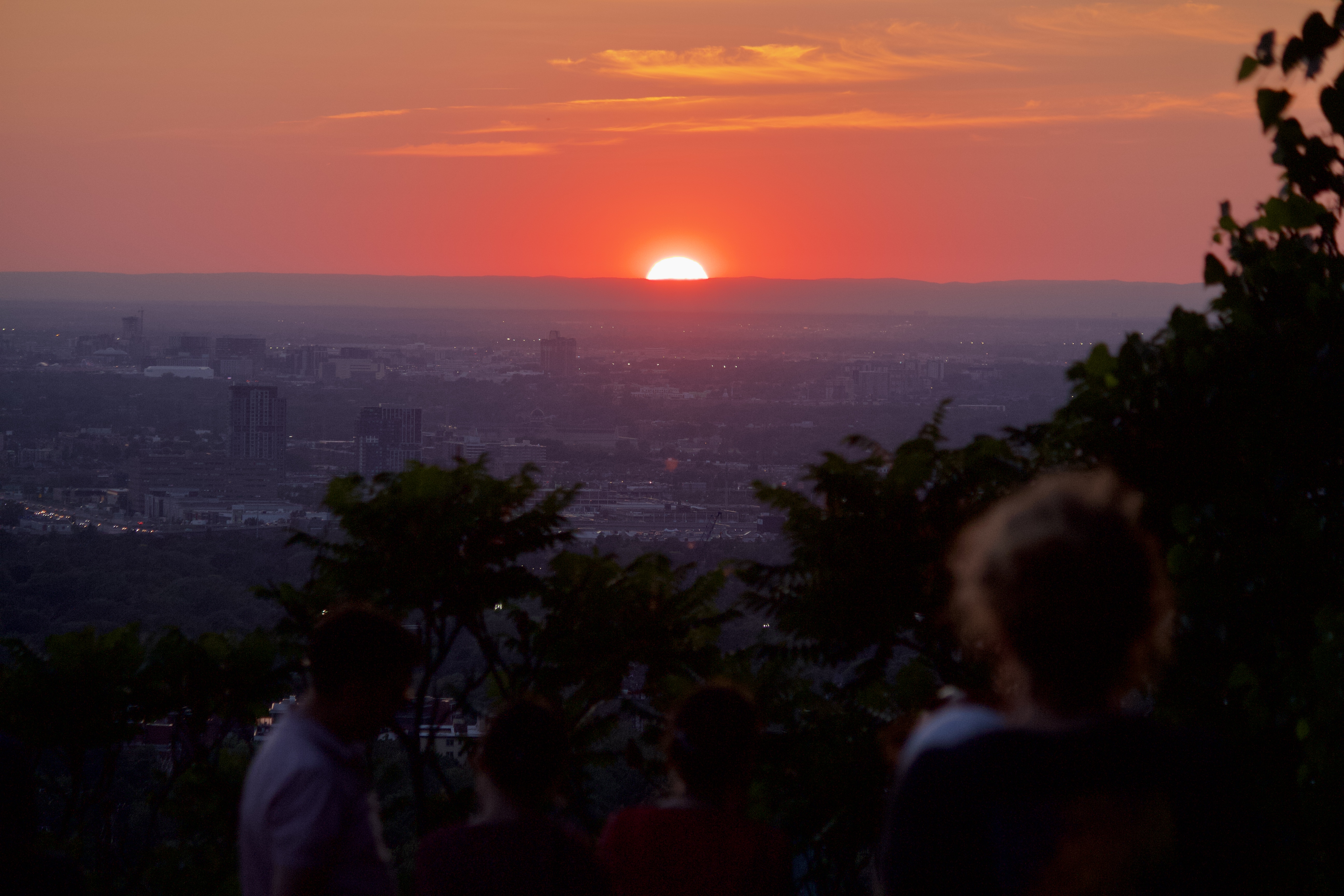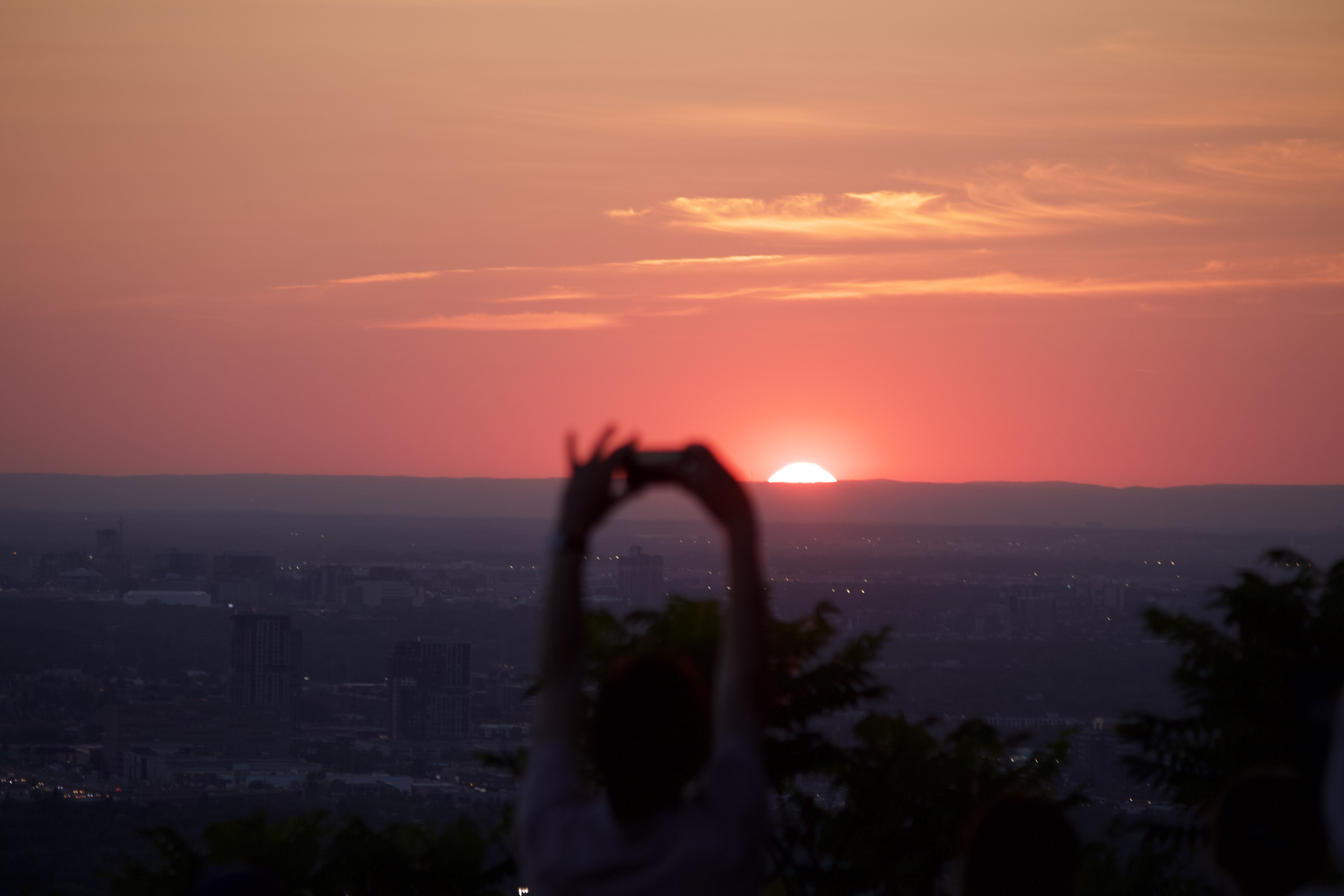January 09, 2024
Why is 2024 a Leap Year?

And why do we do this every four years?
Every four years, we add an extra day to our calendar. The elusive February 29.
Why do we do this every four years? Why do we do it at all?
How long is a year, really?
It’s common to say that it takes the Earth 365 days to go around the Sun. In everyday life, this is a pretty good number to use.
But the Earth actually takes about 365 days and 6 hours to go around the Sun once. Or, as shown in the diagram below, 365.25 days.
That extra 6 hours is critical to why we have leap years.

Example
Let's pretend we have a calendar with only 365 days in it. No leap years.
Year 1
The Earth goes around the Sun once. And we’ve found that it’s 6 hours out of sync. But who cares? It’s just 6 hours, and compared to 365 days, that’s basically nothing.
Year 2
The Earth goes around the Sun again. At the end of the year, the Earth is now 12 hours out of sync. Again, is this really a big deal?
Year 3
The Earth goes around the Sun again. Now it’s 18 hours out of sync. Big whoop.
Year 4
The Earth goes around the Sun again. Now it's out of sync by 24 hours, an entire day. Now it starts to hit us...

No Leap Year = Out of Sync
If we continued this example for 8 years, we'd be 2 days out of sync. 12 years, 3 days out of sync. And so on...
After 100 years of using a 365 day calendar, it would be 25 days out of sync.
Eventually, we would be looking at our calendars and the date wouldn't match what we would expect to see outside. The calendar would say something like July 1st and there would be two feet of snow on the ground.
This is what adding a day every 4 years avoids. It keeps our calendars in sync.
Imagine a Different Planet
It might be good to hammer this home in your brain by imagining how often a Leap Year would happen on a different planet:
Questions
How often would a Leap Years happen if the planet took...
- 365 days and 12 hours to go around the Sun
- 365 days and 4 hours to go around the Sun
- 365 days and 1 hour to go around the Sun

Answers
- Every 2 years
- Every 6 years
- Every 24 years
Basically, we find how much "extra time" it takes the planet to go around the Sun. Then we divide 24 hours by that number.
This assumes the planet also has a 24 hour day, but try and think about a planet that spins more slowly or quickly. What might their calendar look like?
Not exactly 365.25 days
The Earth's orbit around the Sun is actually a little bit more than 365 days and 6 hours. It's more like 365 days, 6 hours, and 9 minutes (Wikipedia Page all about Earth's orbit).
To compensate for that little bit of difference, some years which would normally be a Leap Year do not. To quote this website:
"After 1752 we adopted the system still in use today where an additional day is inserted in February in years wholly divisible by four, other than years ending in 00 with the exception of those divisible by 400 which are still leap years (like 2000)."

Nature is Imperfect
Before I was old enough to know better, I assumed that the calendar had 365 days because we humans willed it that way. It just sounded like a cool number that was close to 360 (also a very useful number, I'd been told). And we did Leap Years just to keep things interesting.
But as I got older, it became clear that some of our human-made systems arise from nature. But nature can be imperfect, and so we need to conform our systems to natural reality.
It would be easier if Earth took exactly 365 days to go around the Sun. We wouldn't need Leap Years.
But here we are: making the best use of the natural world around us, and compensating when we need to.

